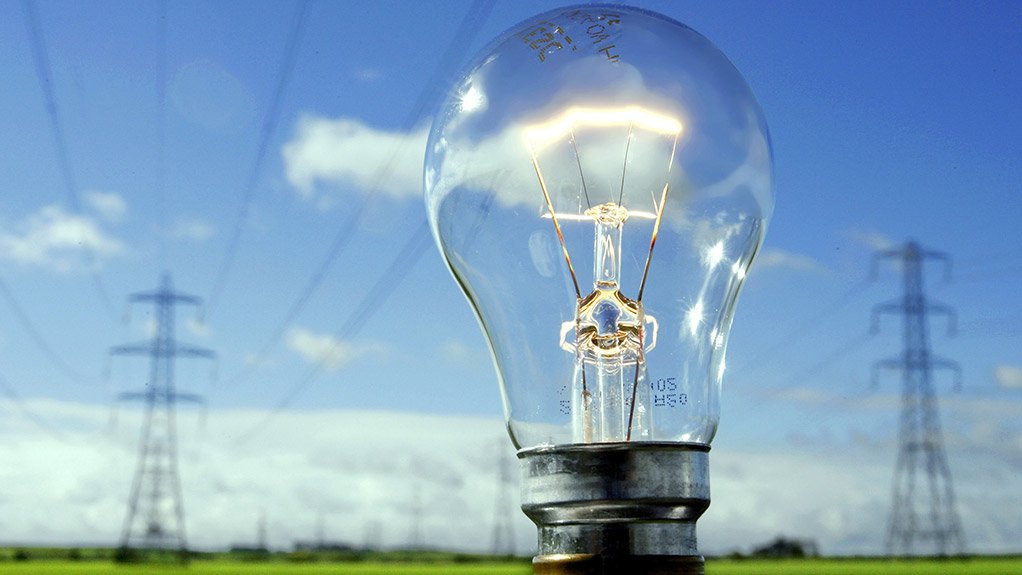Despite the vital role that energy efficiency could play in boosting economic growth, while simultaneously reducing energy demand, assessments by the International Energy Agency (IEA) suggest that, under existing policies, two-thirds of the economically viable energy efficiency potential available between now and 2035 would remain unrealised.
This was, in part, because energy efficiency was routinely and significantly undervalued, the IEA said on Tuesday, stating that its new study, titled ‘Capturing the Multiple Benefits of Energy Efficiency’, challenged the assumption that the broader benefits of energy efficiency could not be quantified.
“The term ‘multiple benefits’ aims to capture a reality that is often overlooked: investment in energy efficiency can provide many different benefits to many different stakeholders.
“Whether by directly reducing energy demand and associated costs, which can enable investment in other goods and services, or facilitating the achievement of other objectives, such as making indoor environments healthier or boosting industrial productivity,” the IEA explained in the report.
The agency said the report showed that when the value of productivity and operational benefits to industrial companies were integrated into their traditional internal rate of return calculations, the payback period for energy efficiency measures dropped from 4.2 years to 1.9 years.
Similarly, when energy efficiency measures in the residential sector, which could lead to homes being warmer, drier and healthier, were monetised, for example through the cost of medical care or innovative metrics such as the value of lost work time or child care costs caused by illness, the report showed that these benefits could boost returns to as much as $4 for every $1 invested.
“This report lays out the case for governments to invest more time in measuring the impacts of energy efficiency policies, to improve understanding of their role in boosting economic and social development and to facilitate policy design that maximises the benefits prioritised by each country,” IEA executive director Maria van der Hoeven said, adding that, by adopting the multiple benefits approach advocated by the IEA in the study, governments could help unlock the potential of energy efficiency.
The agency further pointed out that the market for energy efficiency was growing with aggregate yearly investment having reached $300-billion in 2012, which was equal to investments made in coal, oil and gas power generation.
The resulting savings from energy efficiency measures have been larger than the energy provided from any other fuel, making energy efficiency the “first fuel” for many IEA countries, it added.
Further, IEA analysis had also shown that the uptake of economically viable energy efficiency investments had the potential to boost cumulative economic output through 2035 by $18-trillion, which was larger than the current size of the economies of the US, Canada and Mexico combined.
EMAIL THIS ARTICLE SAVE THIS ARTICLE
To subscribe email subscriptions@creamermedia.co.za or click here
To advertise email advertising@creamermedia.co.za or click here











